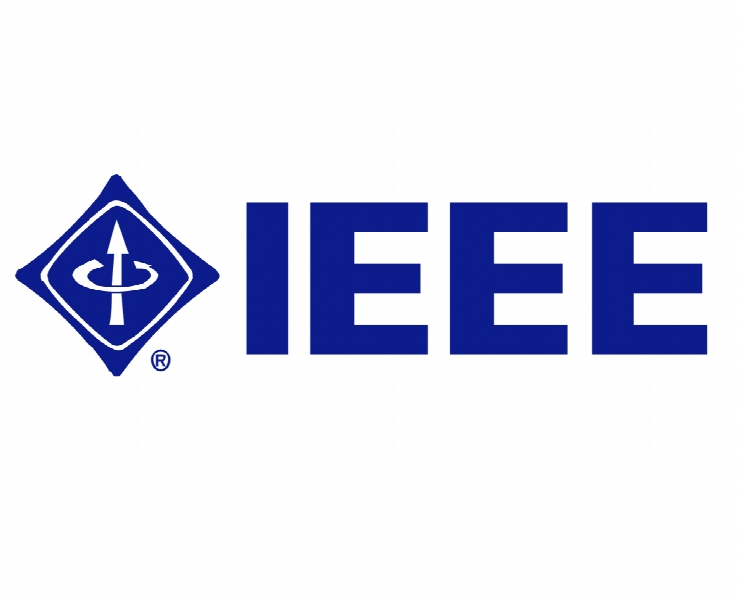پارازیت به کمک هدف برای امنیت لایه فیزیکی در سیستم های رادیو شناختی SWIPT Destination-assisted jamming for physical-layer security in SWIPT cognitive radio systems
- نوع فایل : کتاب
- زبان : انگلیسی
- ناشر : IEEE
- چاپ و سال / کشور: 2018
توضیحات
رشته های مرتبط فناوری اطلاعات
گرایش های مرتبط شبکه های کامپیوتری
مجله کنفرانس ارتباطات و شبکه بی سیم – Wireless Communications and Networking Conference
دانشگاه Beijing University of Posts and Telecommunications – China
شناسه دیجیتال – doi https://doi.org/10.1109/WCNC.2018.8377306
منتشر شده در نشریه IEEE
کلمات کلیدی انگلیسی Physical layer security, wireless information and power transfer, cognitive radio networks, beamforming design, power splitting
گرایش های مرتبط شبکه های کامپیوتری
مجله کنفرانس ارتباطات و شبکه بی سیم – Wireless Communications and Networking Conference
دانشگاه Beijing University of Posts and Telecommunications – China
شناسه دیجیتال – doi https://doi.org/10.1109/WCNC.2018.8377306
منتشر شده در نشریه IEEE
کلمات کلیدی انگلیسی Physical layer security, wireless information and power transfer, cognitive radio networks, beamforming design, power splitting
Description
I. INTRODUCTION The escalating high data rate requirements have resulted in severe spectrum scarcity problem. Cognitive radio (CR) has emerged as one of the most effective solutions for improving the spectrum efficiency in wireless networks [1]. Among proposals for the implementation of CR, a spectrum-leasing framework whereby the primary users (PUs) lease spectral resources to secondary users (SUs) in exchange for cooperation has been proposed in [2]. In cooperative CR networks, SUs assist to relay the messages of PUs for accessing the same spectrum to send their own information to secondary receivers (SRs), which is a win-win strategy. That is particularly preferred by primary system when the primary system itself can not meet the quality of service (QoS) of the PU. One problem is that even when the SU has good channel quality to help relay the PU but is energy limited, cooperation is still unable to complete. This is a very common situation when the SU is a low-power relay node. Therefore, solving the problem of energy scarcity is very significant, especially for the CR network with energy-limited devices [3]. Simultaneous wireless information and power transfer (SWIPT), which enables the concurrent transmission of information and energy, has attracted much attention as a promising technology to solve the energy scarcity problem [4]. In [5], authors have proved that energy-limited secondary user (SU) with energy harvesting can be strongly stimulated in CR networks. On the other hand, due to the broadcast nature of wireless communications, security is always a major concern in wireless networks. PU also has the requirements of secure communication in CR networks, by reason of the existence of eavesdroppers causing the legitimate user information disclosure. Physical layer security as a promising way has been proposed to prevent eavesdropping [6]. Cooperation techniques for physical layer security, e.g., cooperative forwarding, friendly jamming, and beamforming [7], [8], have been presented to improve the secrecy rate. [9] and [10] have considered the physical layer security combined SWIPT in CR networks. In [9], the authors focus on designing artificial noise (AN)-aided beamforming for secure SU transmission. They assume SU powered by cognitive base station (CBS) can share the same spectrum with PU as long as the interference imposed on PU receiver is tolerable. The scene of [10] is similar to [9], the difference is that the SU harvests energy from PU but not CBS. Notice that in [9], [10], the PU allows the SU to access the licensed spectrum without requiring any benefit. Such altruistic behavior is arguably unrealistic.


